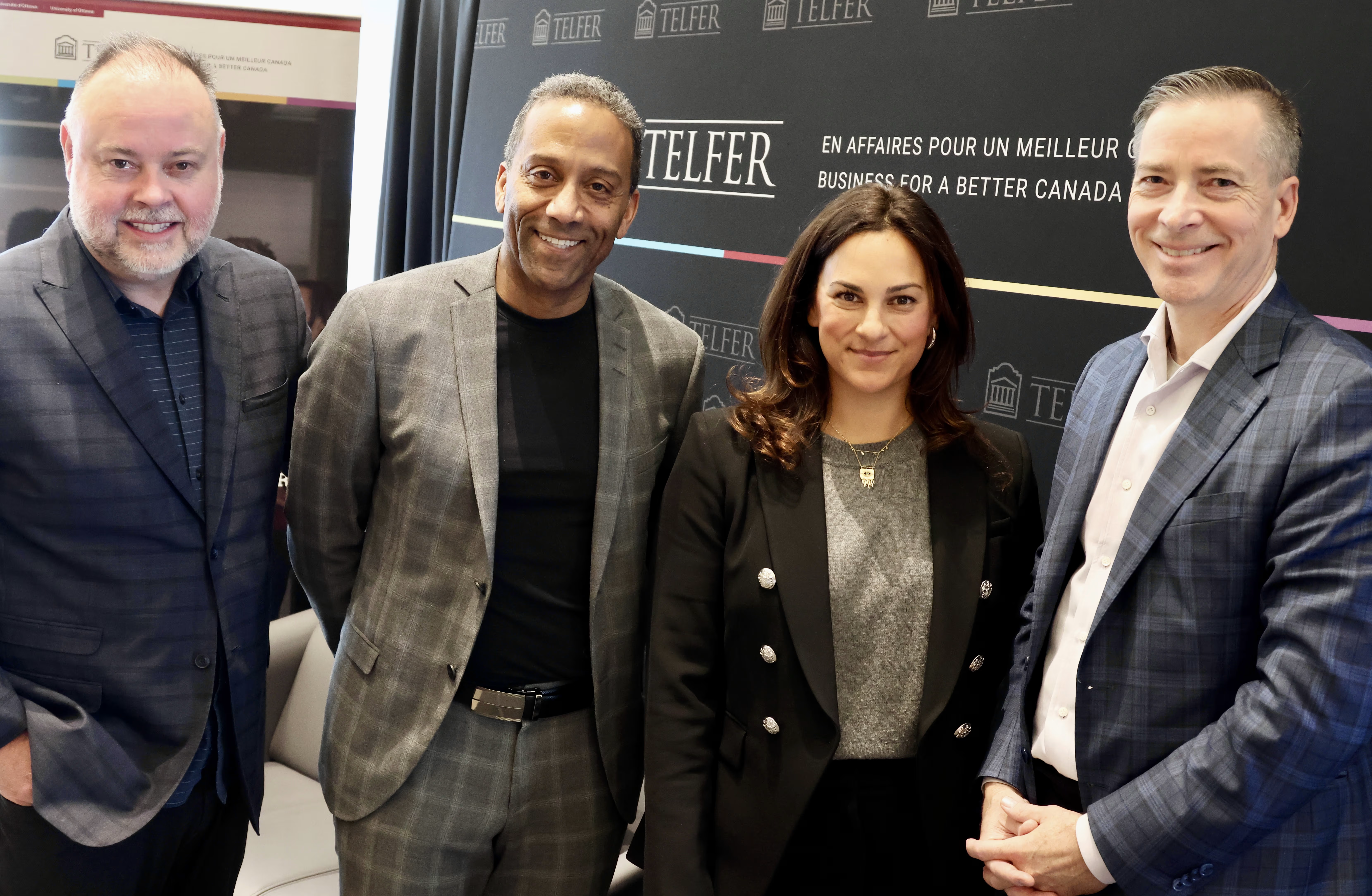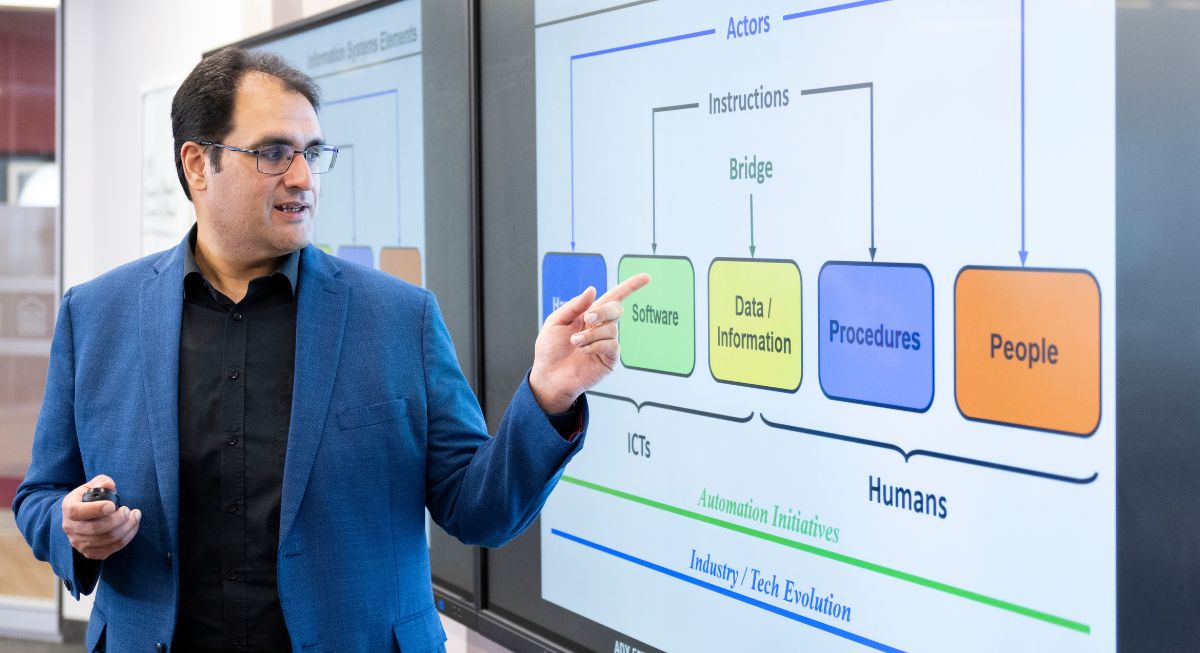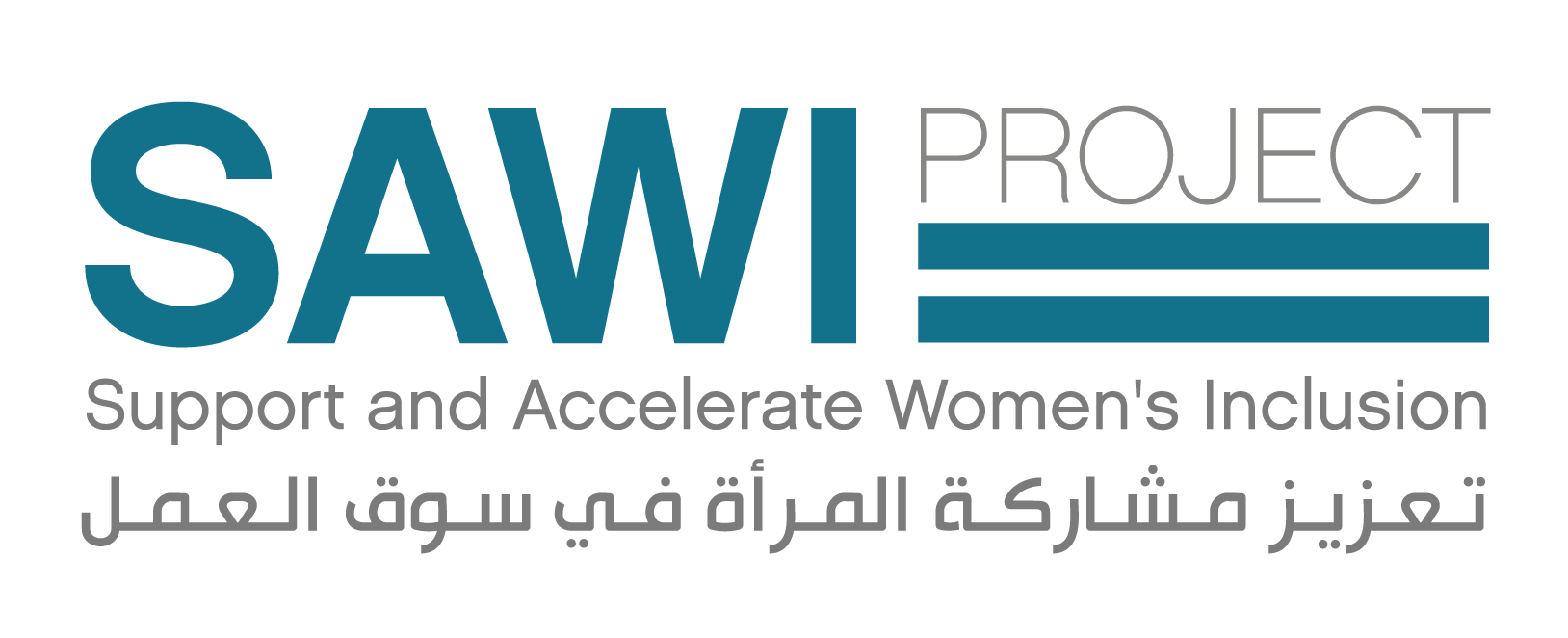This opinion piece by Telfer professor Lavagnon Ika was originally published in La Presse on February 16, 2024. Read the original article in French.
ArriveCan is what Nobel Prize winner Esther Duflo would call a "common sense project". The need for the app seemed clear: to collect contact information for travellers arriving in Canada during the COVID-19 pandemic, making it easier to triage them according to risk of contamination or vaccination status.

The app, launched in April 2020 by the federal government, appeared to be a success, a feat in an emergency context: a project that came to fruition less than two months after the start of the pandemic. Aside from the controversy that ensued over its raison d'être when travellers started complaining about its extended use and the pressure from the travel industry and opposition parties to scrap the app, no one would have thought that the project would make headlines. That was before it went from an initial budget of $80,000 to a total cost of about $60 million.
What explains this staggering cost overrun? What can we learn from the theory and practice of project management?
It seems that one project in two experiences cost overruns. For every successful project like Montreal's new Champlain Bridge, there are examples of failures such as the Phoenix pay system project which, after sinking billions of dollars and causing much inconvenience to public servants, was ultimately abandoned. Projects such as Ottawa's LRT and Montreal's REM, having delivered what was anticipated to be state-of-the-art commuter services were plagued by major cost and schedule overruns and service quality problems.
Much has been written about this underperformance. On the one hand, there are cognitive biases such as optimism bias (delusion) which is the tendency for promoters to unintentionally underestimate the costs of a project in the belief that they are less likely than anyone else to be wrong in their forecasts. On the other hand, there are bad behaviors such as strategic misrepresentation (deception) which consists of underestimating the costs of a project in a true Machiavellian manner to make project representations look good on paper and thus boost probabilities for approval.
For others, it is rather the complicated ‘life’ or ‘behaviour’ of these projects, which are reputed to be ‘fuzzy’, whose objectives change over time, and which take complex ‘out-turns’ and systematically deviate from their initial plans, that explains these slippages. In a nutshell, there are errors, including scope changes and the knock-on effects of complexity and uncertainty, that cause such a project drift.
Complexity and uncertainty
In this case, ArriveCan presented a complexity challenge, from its launch on three platforms – Android, Apple and Web – to its availability in French and English on the Web application and even in Spanish on the mobile application. The level of uncertainty was also high, as evidenced by the major changes to border measures relating to the pandemic, including the introduction of quarantine requirements, screening tests, and proof of vaccination. This may explain why there were 177 updates of ArriveCan between the launch of the app in April 2020 and the lifting of health measures in October 2022. Of course, the project has undergone its share of reorientations aimed, for example, at improving the efficiency of processing travellers at the border.
In retrospect, the ArriveCan budget was admittedly overly optimistic, but the fact that the project cost 750 times its budget defies imagination, despite its complicated ‘behaviour’! It seems that the Auditor General is right: best project management practices were not put to practice.
A study of digital transformation projects that my colleagues Nathalie Drouin from UQÀM, Gordon Grant, and Cindi Delcorde – two former civil servants – and I led and recently submitted to Treasury Board Secretariat (TBS) examined 24 reports and identified a number of causes of underperformance: poor planning, insufficient delivery capacity, inadequate monitoring and control, poor responses to complexity and uncertainty, ineffective governance, etc.
The project front-end – that upstream phase where designers assess the needs (why the project?), analyze the feasibility (can it be done?), weigh up the options (is there more than one way of doing it?), examine the risks (what can go wrong?) and outline the project plans (timelines and costs) – and monitoring during execution do not seem to have been well managed for ArriveCan. The need to move quickly in view of the health emergency certainly had something to do with it. But speed is no excuse for poor management.
Let’s follow best practices before appealing to the turbulent life of projects to justify their underperformance!
Resources:
Managing Fuzzy Projects in 3D: A Proven, Multi-Faceted Blueprint for Overseeing Complex Projects
Bâtir à la vitesse grand V, une solution risquée? (in French)

Lavagnon Ika is Full Professor at the Telfer School of Management, founding director of the Major Projects Observatory, and author of Managing Fuzzy Projects in 3D.
He is also the program director for Telfer's MSc in Health Systems and MSc in Management as well faculty leader for University of Ottawa partnerships with African Universities.
He earned an MSc and a PhD in project management from the Université du Québec (a joint doctoral program with Mc Gill, Concordia, and HEC Montréal), where he eventually became replacement, assistant and then associate professor.











